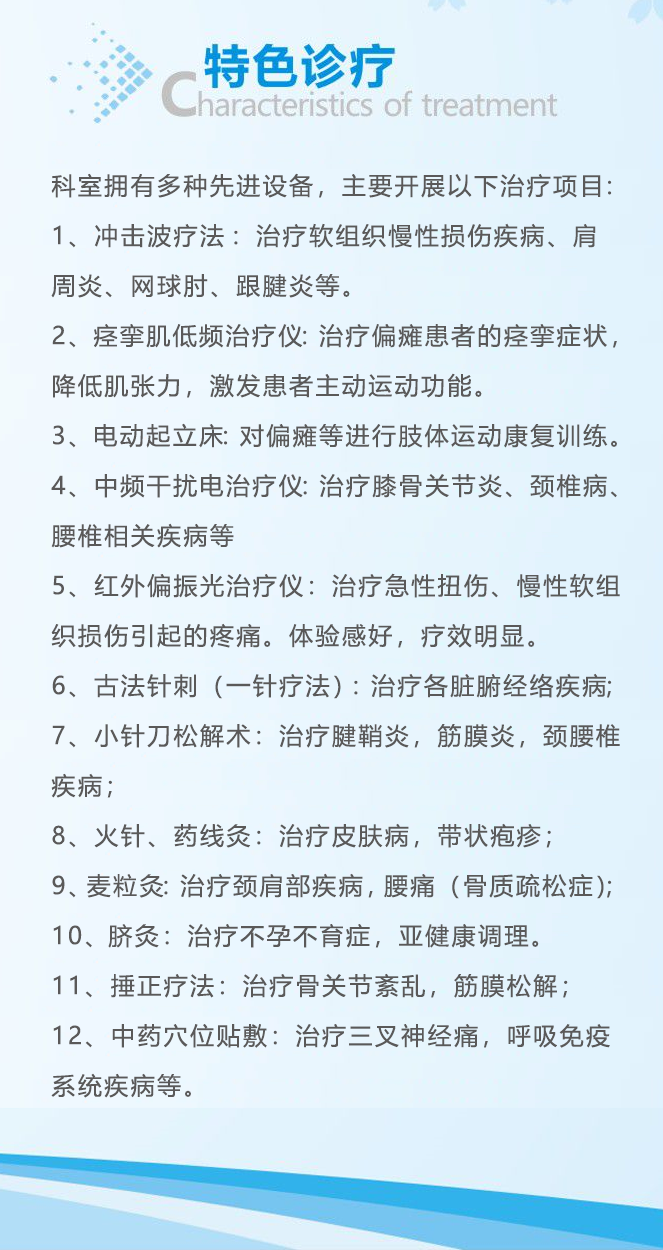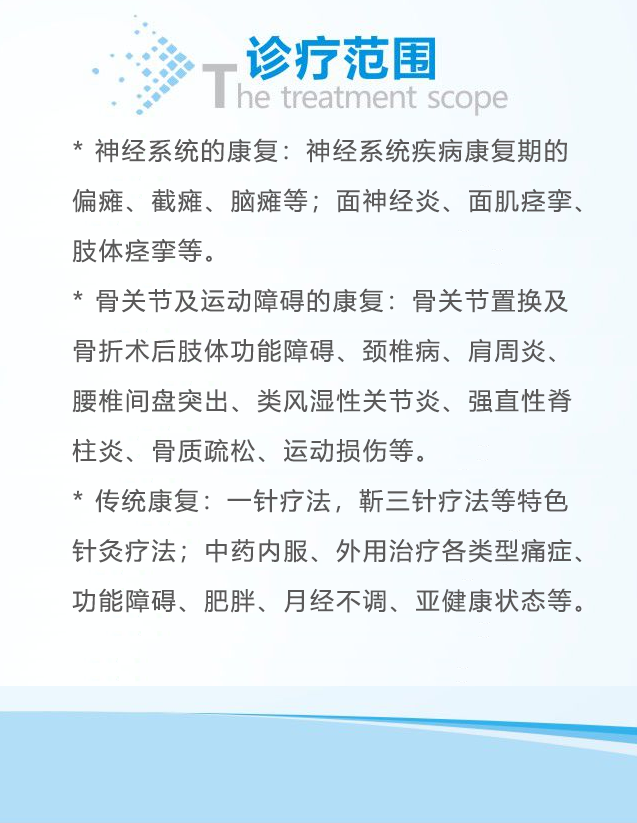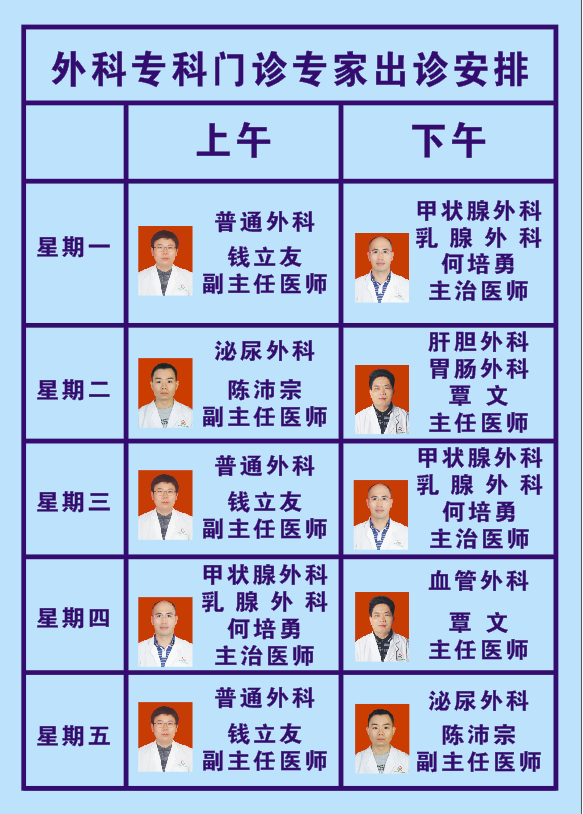1. What is Fire Needle Therapy?
Fire Needle Therapy is a traditional external treatment method in Traditional Chinese Medicine (TCM) that involves rapidly inserting a heated needle into the skin to utilize its warmth for therapeutic effects.

2. What is the difference between Fire Needle and regular acupuncture?
TCM believes that Fire Needle combines the effects of regular acupuncture and moxibustion, thus harnessing the benefits of both methods.
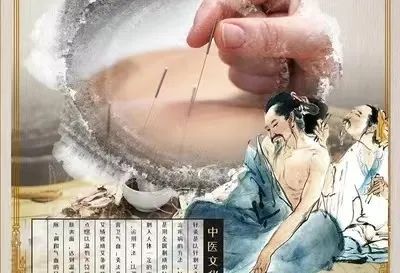
3. Does Fire Needle hurt?
Clinically, fine fire needles are usually used, resulting in smaller puncture marks and less skin damage. Experienced practitioners heat the needle until it glows white and insert it quickly into the acupuncture point, minimizing pain. Most patients report that the pain is tolerable after treatment with fine fire needles. Some patients with eczema may experience noticeable local itching and may request additional punctures, so there is no need to be afraid.
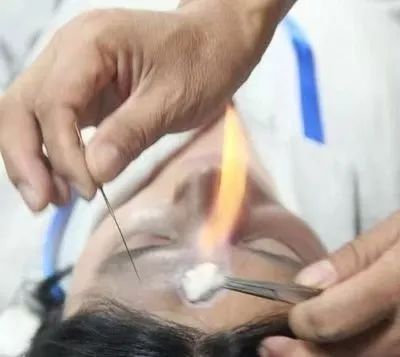
4. What are the therapeutic effects of Fire Needle?
Fire Needle has the effects of removing blood stasis, reducing swelling and pain, and eliminating dampness and itching. It is effective for conditions caused by wind, cold, and dampness, as well as heat syndromes, because it can use the heat to open pathways and expel heat toxins directly, thus clearing heat and detoxifying. It also promotes vasodilation and accelerates blood flow, facilitating the opening of the pores.
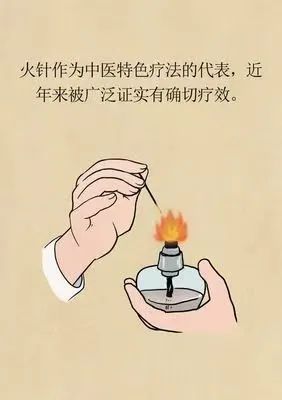
5. What is the principle of Fire Needle therapy for treating diseases?
1. Fire Needle directly stimulates the lesion and reflex points, quickly eliminating or improving local tissue edema, congestion, exudation, adhesions, calcification, contraction, and ischemia, thereby accelerating circulation and enhancing metabolism, allowing damaged tissues and nerves to repair.
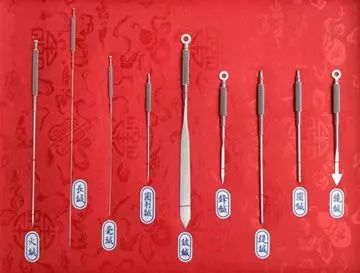
2. The high temperature of the Fire Needle reaches the affected area, carbonizing the diseased tissue in a small area around the needle, thus relieving the adhesions and improving local blood circulation.
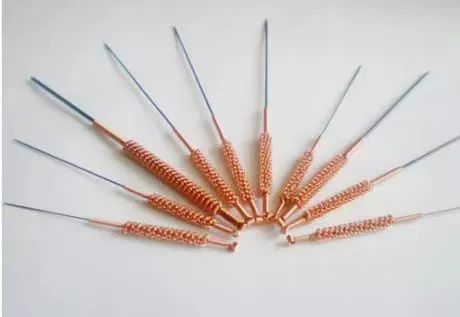
6. What diseases can Fire Needle treat?
1. Skin diseases, such as sweat gland tumors, acne, freckles, age spots, melasma, vitiligo, neurodermatitis, xanthelasma, flat warts, depressed scars, pigmentation, shingles, pustules, etc.
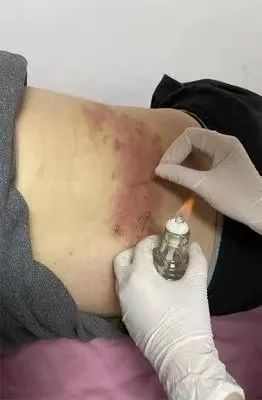
2. Various pain syndromes, such as rheumatic pain, postherpetic neuralgia, abdominal pain, sciatica, etc.
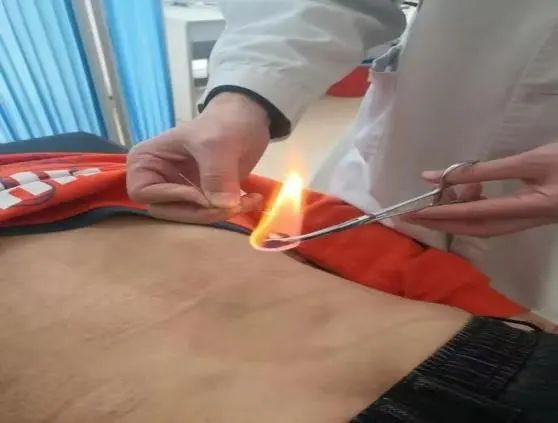
3. Arthritis, joint effusion, and limb movement disorders caused by hemiplegia.
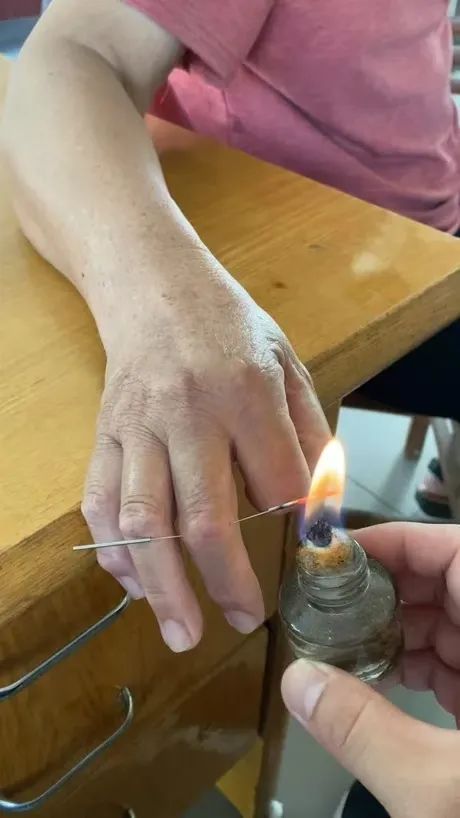
Source: Rehabilitation Medicine Department
Editor: Hospital Publicity Working Group
(Some content and images in this article are sourced from the internet for reference only)



